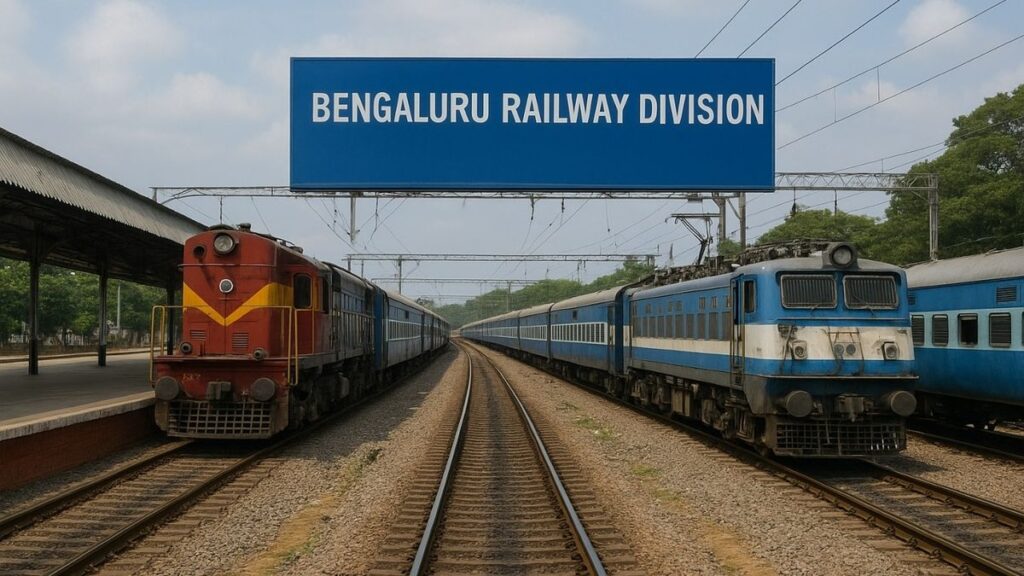Bengaluru’s railway network is set for a major technological boost as the Railway Department begins installing automatic signaling systems across six key routes. The ₹874.12-crore project will modernize 639.05 km of tracks, aiming to reduce train delays and enhance passenger safety.
Also read: SWR Bengaluru Division achieves 100% electrification of rail tracks
The corridors identified for the upgrade include Bengaluru City–Yeshwanthpur–Yelahanka (17.75 km), Yeshwanthpur–Arasikere (160.65 km), Lottegollahalli–Hosur (63.6 km), Whitefield–Jolarpettai (119 km), Baiyappanahalli–Penukonda via Channasandra (139.8 km), and Bengaluru City–Mysuru (138.25 km). At present, only the KSR Bengaluru–Whitefield stretch operates with automatic signaling, while most other sections still rely on relay room–controlled manual signals.
Multiple trains to safely operate within a single block
The transition to automation will allow signals to switch on and off electronically, enabling multiple trains to safely operate within a single block. This is a significant shift from the existing block signaling method, which permits only one train per block, often causing congestion and delays. The system is expected to increase train speeds, improve frequency, and ensure smoother movement of suburban as well as long-distance trains.
The Bengaluru Division of South Western Railway has set a goal of bringing most city and suburban routes under this system by 2028. Once implemented, the upgrade is likely to improve punctuality, reduce overcrowding, and elevate the city’s rail infrastructure to match the standards of other metropolitan networks. The initiative is also expected to make rail travel safer, more reliable, and considerably faster for daily commuters.

